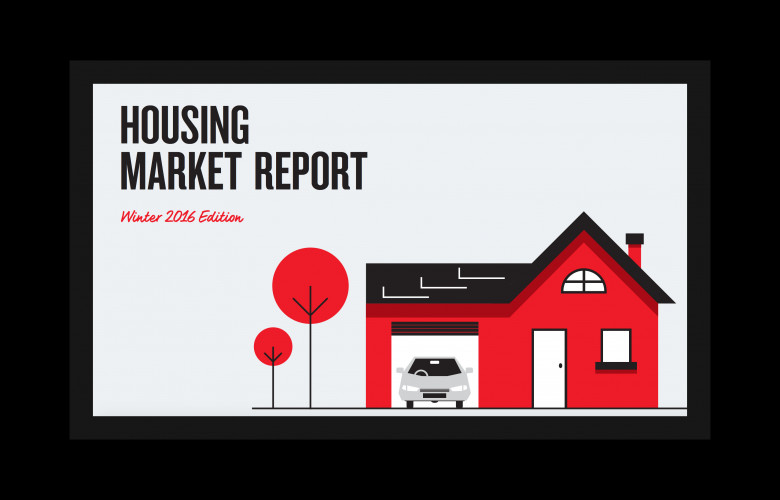Housing market won't cool until 2017, says NAB
Contact
Housing market won't cool until 2017, says NAB
NAB says property prices have continued to prove more resilient than expected so far this year.
Australia’s housing market will cool next year, according to NAB’s Winter 2016 Housing Market Report, which uses CoreLogic RP Data figures.
NAB’s view is that the weakness widely expected in Australia’s residential real estate market this year has now been shifted to 2017. Despite the market doing better this year than was expected, NAB says it still expects that overall market fundamentals will become less favourable going forward.
The bank has increased its average national house price forecast in 2016 to 5.1%, from 1.5%, although this is still a slower pace of growth than in 2015 (7.8%). Their unit price forecasts are also higher, at 3.6%, up from -1% previously, but less than half the rate of growth seen in 2015.
"We expect that once the recent resurgence in prices runs out of steam, we are likely to be left with a market that remains soft for a little longer than previously expected,” the bank states in its report.
According to CoreLogic, Australia’s housing market is continuing to show diverse performance from region to region, however, from a macro perspective, home values have been in a growth trend since June 2012. Over that four year period, capital city home values have risen by 37 per cent and regional house values are up by 12 per cent.
The strongest capital gain conditions are emanating from Sydney and Melbourne, where home values have risen by approximately 11 per cent further over the past twelve months, while capital gains in Hobart (+6.2%), Brisbane (+5.3%), Canberra (+3.9%) and Adelaide (+2.2%) have also posted a more modest rise in values over the past twelve months.
Conditions are less positive in Perth and Darwin, says CoreLogic, which has both cities recording a fall in home values by approximately 7 per cent since their respective market peaks due to a downturn in migration rates and weaker economic conditions.
The broad regional areas of Australia are also recording a growth trend, however the rate of capital gains is slowing. Mining related regions continue to experience weak housing market conditions while markets that are more associated with tourism and lifestyle factors have strengthened over recent years.
See also:






